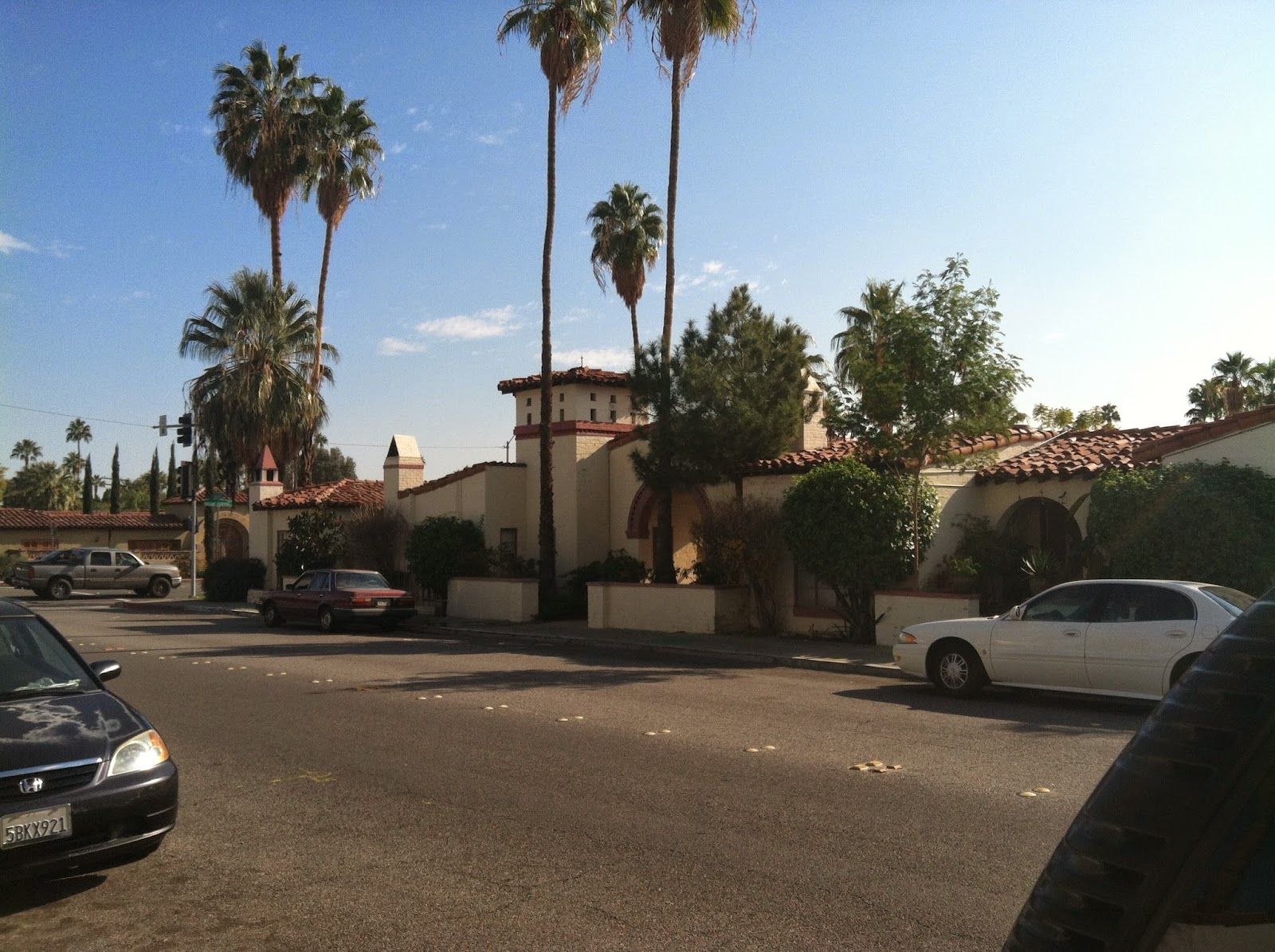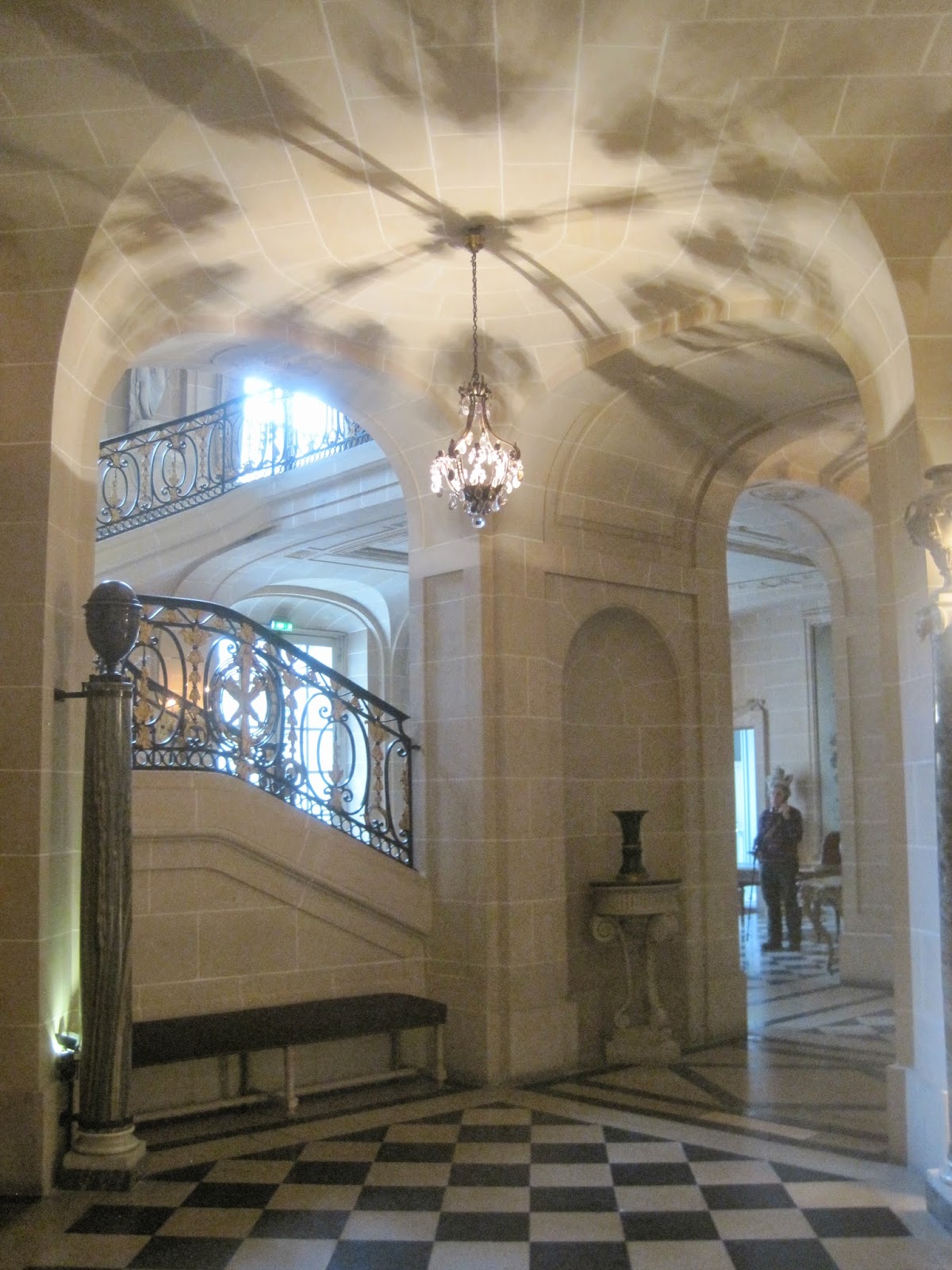In anticipation of 'Black Friday' later this week I thought I would share with you some of my shopping from this past weekend. I stopped in one of my usual haunts on DC's U Street NW, Goodwood.
GoodWood used to be more of a vintage furniture store but has turned itself into an authentic version of what Anthropology tries to be. The styling in the store is always artful and really fun to walk around. As with most vintage shops there is something for everyone hidden around the next corner, no matter your taste.
I love this antique cabinet which holds antique china, tea, and teapots. I wish I had a cabinet like this in my apartment for my collection!
These antique Minton cups and saucers were selling for only $8 a set and there were dozens of them.
One of the most interesting item(s) was this pair of faux "faux bois" French armchairs which are very Michael Taylor'esque.
Some details of the chair -really charming- I wish I had a place for these! Also notice the vintage carpet on the floor: lots of affordable antique rugs.
This lovely antique French mirror is deceivingly tall - it wouldn't look out of place in any embassy in town.
Unfortunately there was only one of these mid-century sconces with a Greek key motif or I would have snapped it up! Someone had done an unfortunate paint spattering to the shaft but thats easy to undo with some sandpaper and a can of black spray paint. Did you do any fun shopping this past weekend?
GoodWood used to be more of a vintage furniture store but has turned itself into an authentic version of what Anthropology tries to be. The styling in the store is always artful and really fun to walk around. As with most vintage shops there is something for everyone hidden around the next corner, no matter your taste.
I love this antique cabinet which holds antique china, tea, and teapots. I wish I had a cabinet like this in my apartment for my collection!
These antique Minton cups and saucers were selling for only $8 a set and there were dozens of them.
One of the most interesting item(s) was this pair of faux "faux bois" French armchairs which are very Michael Taylor'esque.
Some details of the chair -really charming- I wish I had a place for these! Also notice the vintage carpet on the floor: lots of affordable antique rugs.
This lovely antique French mirror is deceivingly tall - it wouldn't look out of place in any embassy in town.
Unfortunately there was only one of these mid-century sconces with a Greek key motif or I would have snapped it up! Someone had done an unfortunate paint spattering to the shaft but thats easy to undo with some sandpaper and a can of black spray paint. Did you do any fun shopping this past weekend?

























































































